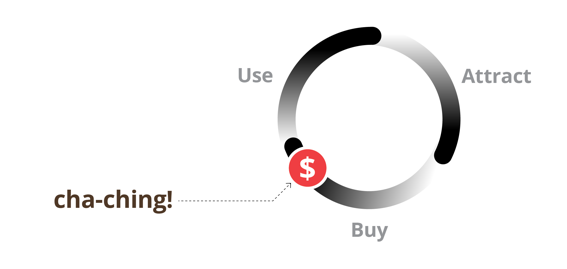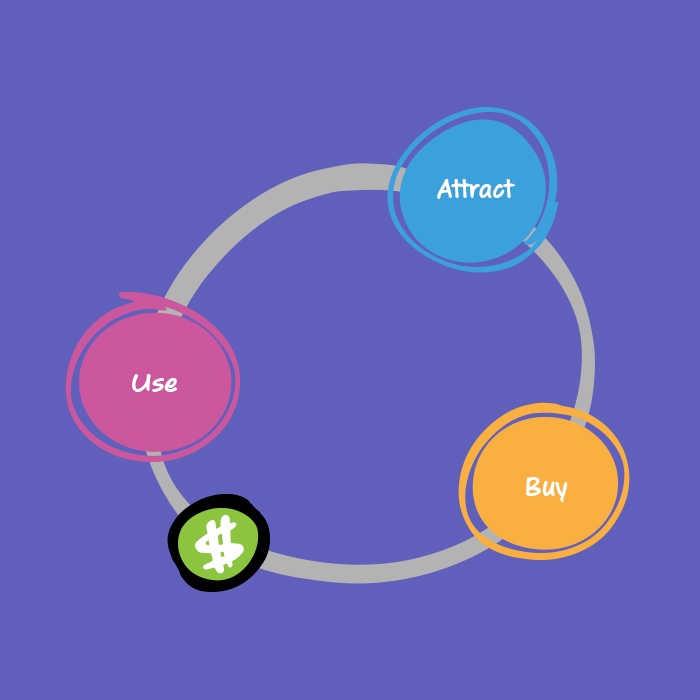If you are experiencing any of the following symptoms--
- low customer satisfaction (cSat), net promoter (NPS) or first call resolution (FCR) scores
- decreased share-of-wallet, share-of-basket or other “share-of-spend” measures
- decreasing retention rates and increasing retention costs
- decreasing acquisition rates and customer acquisition costs
- decreased market share
-- you may be among the many businesses that are not engaging customers as well as they would like. Businesses typically monitor these measures and benchmark themselves regularly against the competition. But monitoring and benchmarking don’t get to the root of the problem, because they are lagging indicators. Businesses that truly want to improve customer engagement need to boost their capabilities both before and after transactions.
Underlying this view of customer engagement is the rise of customer empowerment. It no longer works to see the customer only as the other half of a transaction. Customers reward businesses that recognize their needs throughout their entire journey, not just at transaction time.
“Through study of 1,193 commercially successful innovations across 9 industries, 60% came from customers.”
— Eric Von Hipple
Through all their interactions—not just the transactions—customers will tell businesses how to improve their journey. These interactions suggest new applications of technology, data, and culture that businesses should consider for mutual benefit. For example, a company that values its customers’ opinions might use tools that automate the collection and analysis of customer journeys across devices. These tools could identify sources of friction in A/B tests in time to make adjustments before a broad general release.
Are you hearing what the data is saying?
Businesses can do more than use lagging indicators to brace themselves for more bad news. Customer interactions generate lots of data. For example, they create data through explicit and implicit interactions with marketing, sales, and service staff. Customers create data when they interact with each other and with partners. Customers even create data when they interact with competitors.
Much of this data is created outside the purchase transaction and may not necessarily be organized around a business’s products or services. Sometimes it is organized around the outcomes that customers want to achieve. Fewer and fewer customers are willing to engage with businesses that are not prepared to understand their context and outcomes and hear only the “cha-ching” of a transaction.
A few years ago, Southwest Airlines established a Listening Center to monitor social media to improve engagement before and after transactions. Listening Center staff can identify a negative post from a traveller who is unhappy about a malfunctioning display screen and work with the flight crew to resolve the problem. They also proactively identify weather that could cause a customer flying with children to miss a connection and work to get them off the plane first. Southwest’s proactive use of customer-generated data solves the immediate problem at hand, generates residual value in customer evangelism and increases brand loyalty.
Seeing yourself through the customer’s lens
“The more you engage with customers the clearer things become and the easier it is to determine what you should be doing.” This quote from John Russell, former president of Harley Davidson, says it all.
By definition, engagement involves at least two parties. Whether through direct interactions with customers in social forums or through automated collection of location data from mobile apps, businesses have a wealth of sources of customer input.
The hard part for most businesses is developing the discipline to compare their perception of themselves to their customers’ perception. It can be an uncomfortable exercise. But those that tough it out are the ones positioned to win in a world of customer empowerment. They will have the information needed to change themselves faster, sustain improvements, and create business value more often.
Subscribe for follow up comments or check back to learn more about improving your engagement capability.




